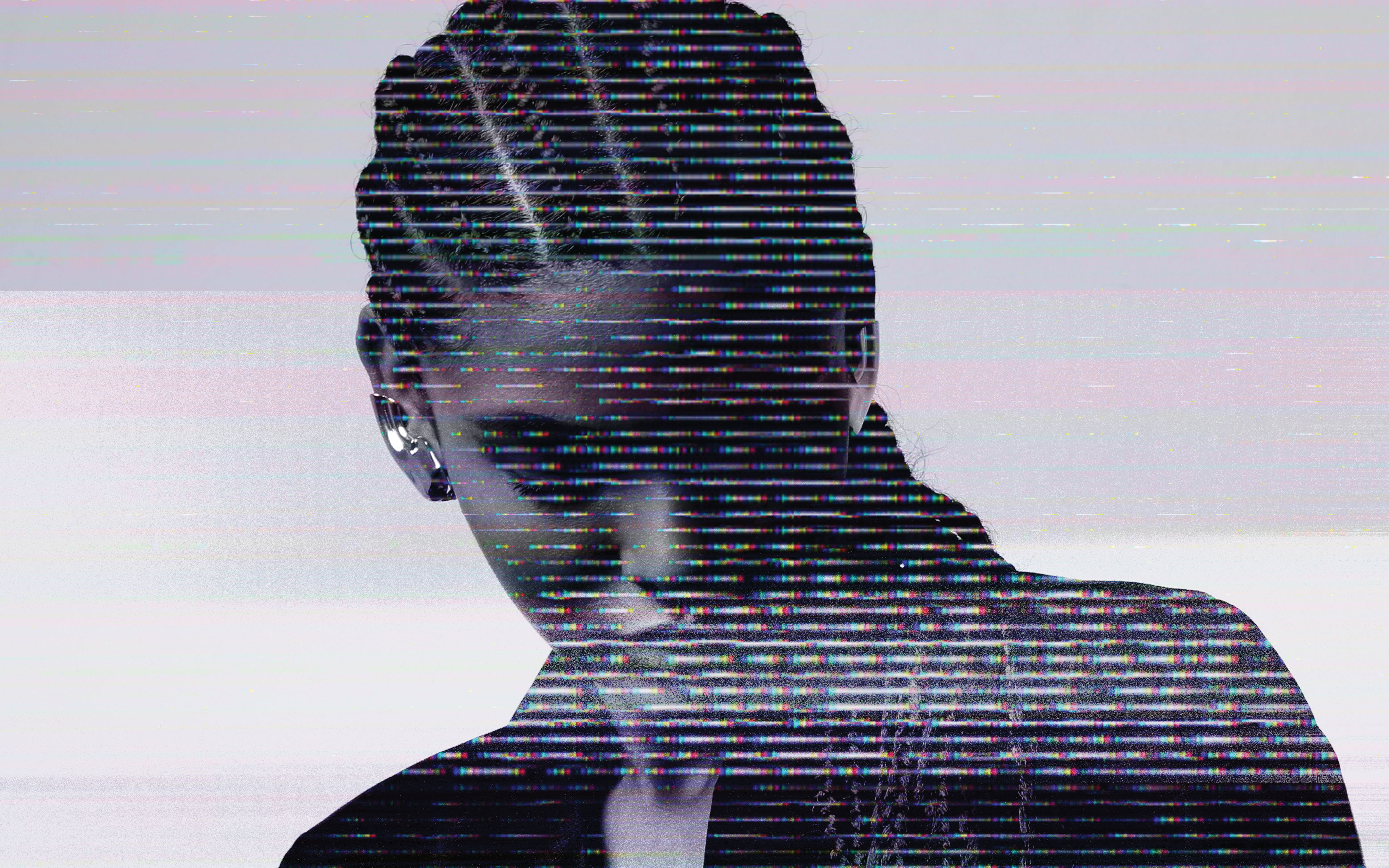Thanks to trailblazing tools like Dove’s Code My Crown, change is here.
This is Texture Talk, our long-running column that deep dives into the dynamic world of curly hair, from crowns of curls that are free flowing to strands that are tucked away in a protective style.
The world of video games thrives on — and even necessitates — forward-thinking innovation and reinvention. Yet while the second wave of the natural-hair movement (which started in the 2000s and ramped up tremendously in the 2010s) fuelled a cultural shift and continues to showcase the importance of proper and equal representation of Black hair, the gaming industry has lagged behind.
“There has been little to no evolution of Black-hair representation in the gaming industry,” says Isaac Olander, CEO of Tallgran Studios and a lead contributor to Dove’s Code My Crown, a free guide that launched last year to help video-game designers create precise digital depictions of natural hair. “Although there are millions of Black gamers [contributing to the over $300 billion industry], textured hair and protective styles are still extremely limited and stereotypical,” says Olander. Users often have to choose from caricature-like, racist options — such as matted cornrows and messy locs — when building their characters. “This can leave Black players feeling unseen and unwelcome in the gaming space.”
While some may argue that digital representation in a fictional space is irrelevant, the vast majority of Black video-game users disagree. One study found that eight in 10 gamers have felt “excluded, discriminated against or not good enough” due to poor portrayals of textured hair. For celebrity hairstylist Lacy Redway, whose clients include Alicia Keys, Nicki Minaj and Teyana Taylor, this hits particularly close to home. “I’m a Black mom raising a Black child who is a gamer,” says Redway. “I’ve watched him create characters on a game platform, and I realize how difficult it still is to achieve accurate Black features.”

That’s why when Redway was presented with an opportunity to partner with EA Games to help develop modernized textured styles for The Sims 4 Growing Together Expansion Pack, it was a no-brainer. One of Redway’s key areas of focus included developing accurate depictions of bouncy coils, laid baby hairs, braided buns and single plaits — all of which were successfully translated into the game.
But the process wasn’t without its own set of obstacles. “The way a character moves can change how the hairstyle looks,” says Redway. “That’s why free-flowing curls and fly-aways are the most challenging styles to create.” While Maxis — the graphics team behind The Sims — was able to work with the hair expert to remedy these issues, small-scale or independent design teams may lack the means to make textured strands authentically come to life on digital screens. “There are limited resources when it comes to coding natural or textured hair,” says Olander. “This is due to not only a lack of knowledge in how natural hair moves and the cultural nuances of the styles themselves but also a lack of understanding when it comes to how to use digital tools to create more realistic hairstyles.”
“This is just the beginning of a transformed gaming industry.”
This is where Code My Crown comes in. Developed with a team of Black game developers and celebrity hairstylist Nai’Vasha Grace, the guide provides step-by-step coding instructions for accurately creating a variety of textured styles while simultaneously educating users about the historical context and cultural impact of the different styles. “When it comes to conversations about Black hair and how to depict our texture, most of that comes from lived experience,” says Redway. “Having conversations about Black culture requires the involvement of Black people.”
But with gaming’s exclusionary history of textured styling and only 2 per cent of developers identifying as Black, one question remains: Will the space be receptive to these types of strides? According to both Olander and Redway, the answer is yes. “Game developers have wholeheartedly embraced the initiative,” says Olander. “This is just the beginning of a transformed gaming industry — one that considers all of its players, not just select groups.”
This article first appeared in FASHION’s April 2024 issue. Find out more here.
